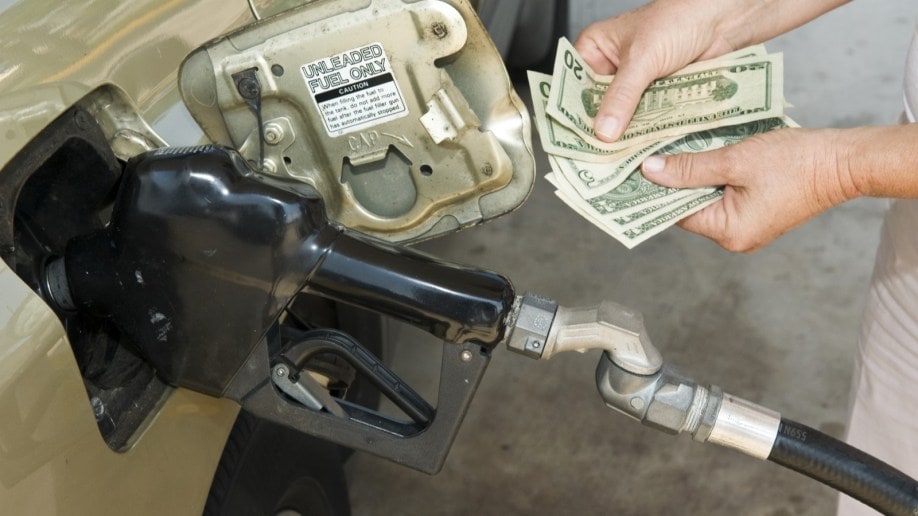
The New Move: A Ban on Russian Oil
“Today, I am announcing the United States is targeting the main artery of Russia’s economy. We’re banning all imports of Russian oil and gas and energy,” President Biden said yesterday.
Related: See the most fuel-efficient cars in every class
The move has widespread support. A Quinnipiac University poll released Monday found that 71% of Americans supported banning Russian oil even if the move caused higher gas prices. Eighty-two percent of Democrats supported the proposal, 70% of independents did, and 66% of Republicans were in favor 66.
But it has led to non-stop news coverage of soaring pump prices.
The ban is meant to pressure Russia to withdraw its unprovoked invasion of neighboring Ukraine. Biden explained, “Russian oil will no longer be acceptable at U.S. ports, and the American people will deal another powerful blow to Putin’s war machine.”
Not-Quite-Record Highs …Yet
The previous record high was $4.11, set during the summer of 2008. Adjusted for inflation, that would mean $5.33 today.
Prices are already above the inflation-adjusted figure in California, where today’s average, AAA says, is $5.57 a gallon.
Feds Have Limited Options
The government can do little to mitigate the rise of pump prices.
Russian oil makes up a small percentage of America’s supply — about 7%. But any move that raises worldwide oil prices raises America’s gas prices.
The U.S. Strategic Petroleum Reserve holds about as much oil as Americans typically use in 5-6 weeks. The White House has committed to releasing 30 million gallons — about a day and a half’s supply — for sale. It has negotiated with allies to release a further 30 million from their collective reserves.
But the reserve is kept for use in a military emergency as much as to relieve pressure on American wallets. No government is likely to release much of it with a major war unfolding. However remote, the threat that the war could grow is sufficient reason to hold onto the stockpile.
So, experts say, the only move Americans can make to bring down their fuel expenses is to use less of the stuff.
Related: How to Get Better Fuel Economy from Your Vehicle
Producing More Will Take Time
Stepping up production is a slow process, and there is limited unused capacity available. The New York Times explains:
“That will not be easy. Only Saudi Arabia, the United Arab Emirates, and Kuwait have spare capacity, together a little more than 2.5 million barrels a day. Venezuela and Iran could contribute about 1.5 million barrels a day to the market, but that would require lifting American sanctions against those countries. And the United States could increase output by more than a million barrels a day — but doing so would take a year to achieve and require oil companies to harness more manpower and equipment.”
Moreover, producing more domestic oil might not even lower the price at the pump. The Washington Post reports, “because of where American refineries are, what they refine and whether they are connected to primary pipelines for American or Canadian oil, it’s often more feasible to import oil from overseas” than to increase the amount of American oil refined into gasoline.
That leads, once again, to the conclusion that lowering gas prices is mostly up to American drivers. The Post notes, “reducing demand would, of course, greatly reduce the need for imports or for overhauling U.S. infrastructure.”







